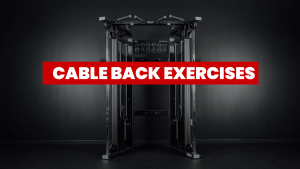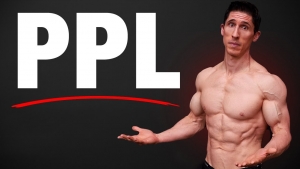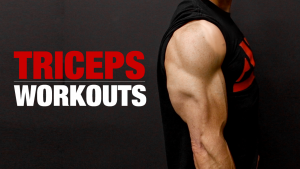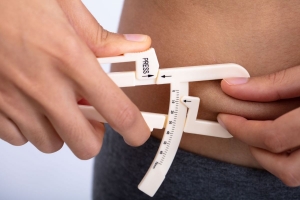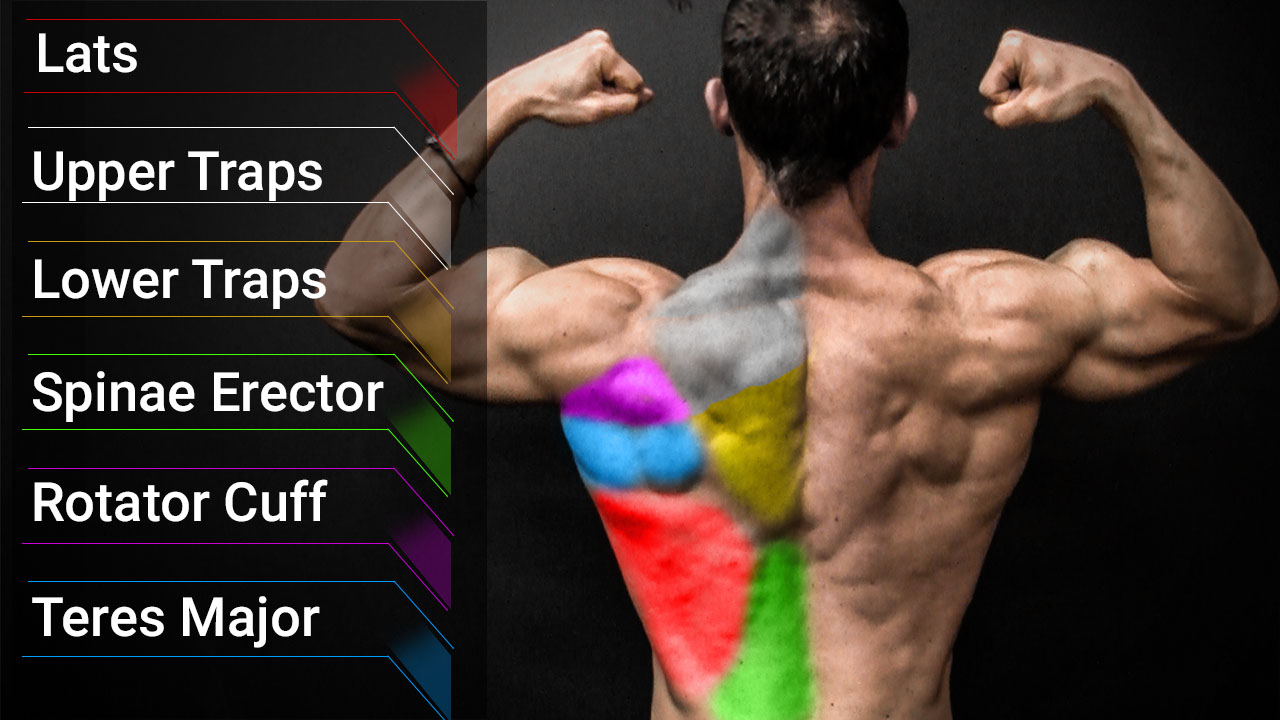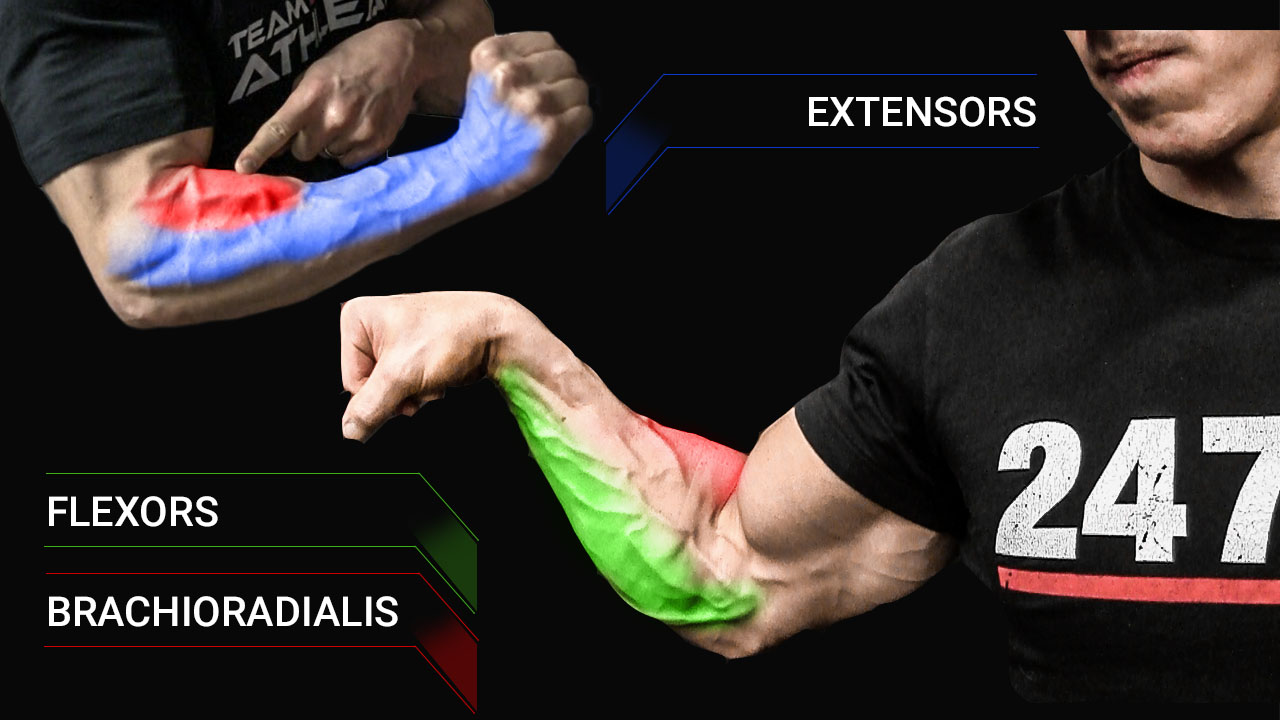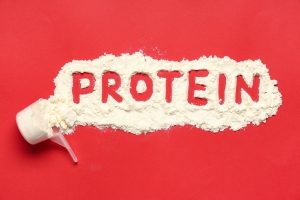
HOW TO DO THE RACK PULL
Guys, not all barbell exercises are created equal.
Since I straddle the worlds of strength coaching and physical therapy, I approach every exercise from both of these professions.
Today, I want to put on both hats to look at the ever-controversial Rack Pull – a heavy lift that sits at the crossroads of admiration and disdain within the fitness community.
No matter how you feel about the Rack Pull, I think if you look at it from the perspective of a physical therapist, it will probably change the way you’re viewing it.
Let’s take a closer look at the Rack Pull, focusing on the risk vs. reward ratio, and how to do rack pulls correctly if you want to add it to your training sessions.
RISKS OF DOING THE RACK PULL INCORRECTLY
When it comes to performing the Rack Pull, you have to weigh the risk vs. the reward in relation to how you’re doing the exercise.
What do I mean by that? Well, ask yourself this:
Are we talking about the version of the Rack Pull that’s done above the level of the knee by a few inches with hundreds of pounds on the barbell?
Are you trying to pull as much weight as possible with the goal of building strength with rack pulls and shooting for an increase in muscle growth, especially in the traps?
Is that your version of the Rack Pull?
Or are you talking about the Rack Pull that’s done either at the knee or slightly below the knee?
Is your Rack Pull the one that’s done with less weight and for the purpose of being an accessory movement to a much bigger, standard lift like the Conventional Deadlift?
Do you want to improve performance without the chance of injury?
If it’s the former, this is where I have a problem with the Rack Pull. Here’s why:
If you look around the gym, you’ll see that people are not doing the Rack Pull with light weights and proper form. They are doing it to load up the exercise, performing it from the mid-thigh position. And that’s where the negative impact on individuals comes in.
We know that the easiest part of the lift is the end of the lift.
Once we get past pulling from the floor, the amount of weight selection that somebody thinks they can safely handle on this exercise is enormous. That’s why you see people load up tremendous amounts of weight on the barbell for Rack Pulls.
But that’s also a problem because you’re handling weight you probably couldn’t have managed in that position any other way. If you can’t do a Barbell Deadlift with 300 pounds, what makes you think you’ll be able to do a Rack Pull with correct form with that much weight?
If you didn’t have the rack to set the weight up at knee height and be able to pull through that two-to-three inches of shorter range of motion, you probably wouldn’t have been able to pull it in the first place.
You certainly wouldn’t have been able to pull it from the floor.
When you do this, you’re subjecting your body to forces that it’s probably not equipped to handle. Therefore, your body is taking the brunt of that weight in a way that you’re probably not even aware is happening.
Enter the thoracic outlet injury.
THE THORACIC OUTLET INJURY
As a physical therapist and personal trainer, I’ve worked with people who have had the misfortune of experiencing a thoracic outlet injury.
I’ve noticed that this is an injury that’s on the rise lately.
It could be because there’s more recognition of the injury.
Or it’s because more people are trying to do the Rack Pull with heavier weights than they can handle, and then they experience the repercussions.
The thoracic outlet is dealing with the nerves, arteries, and veins that run from the neck down through your skeleton, out toward your arm, and down your arm.
Notably, when we talk about the nerves, we’re talking about the brachial plexus.
It’s a big, thick, nerve bundle that runs through the muscles of the neck and down under the clavicle, under the pecs, and then out toward your arm. Then it runs all the way down your arm to feed and innervate your arm.
We also have vessels here – the subclavian artery and the subclavian vein – and these two run under here as well. They can also be equally impacted.
How does the Rack Pull negatively affect this area?
PINCHING THE NERVES
When you’re trying to lift weight that you can’t comfortably handle, you get a lot of stress on the skeleton.
This happens in both a downward pulling on the arms, and also through the tilting upward and downward of the scapula.
The clavicle, which is the area that’s really going to impact these nerves and vessels, is attached to the shoulder blade via its connection at the AC joint.
When you’re trying to lift a ton of weight that you can’t really handle, the shoulder blades are either protracting around the body or they are moving up and down, which is a problem.
That causes the clavicle to move up and down.


When it comes down, the clavicle pinches down on those three structures I mentioned.
You don’t want that because it places an enormous amount of stress on the nerves. And this is going to result in some of these symptoms down in the arm such as a tingling sensation or numbness.
You might also have pain that you can feel in the sternum.
EXTENDED TRACTION
The next thing is the traction element.
If these nerves start up here at the shoulder and run all the way down through the arm, what would happen if I took this arm and brought it down even further in relation to the skeleton?

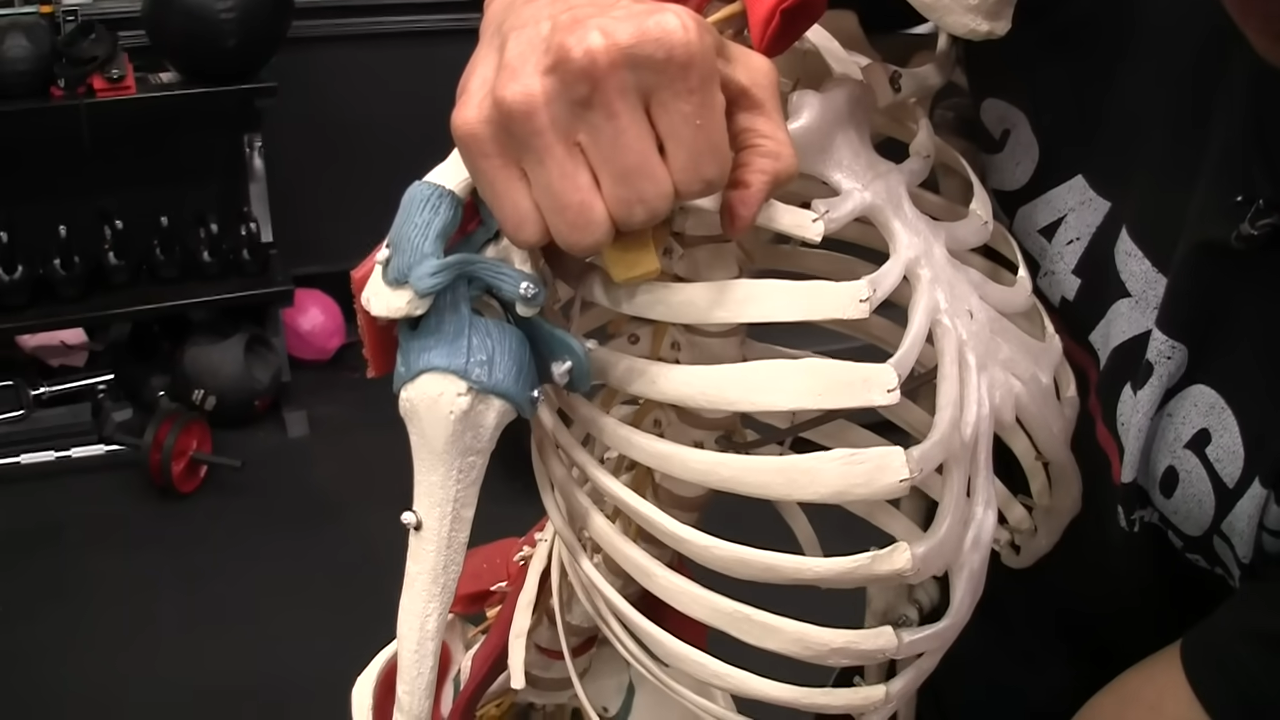
We’re taking these nerves and stretching them.
All that traction, while it may be the main benefit of the exercise in terms of its trap development, is causing the side effect of excessive strain on those nerves heading down to your arm.
Not only are you pinching the nerves but you’re over stretching them as well.
OVERUSE INJURY
The thing about thoracic outlet injuries is that they happen over time.
Repetition after repetition.
When it does happen, it’s one of those things that is tough to identify because you feel it in a whole bunch of different areas.
Sometimes, it comes across as diffuse shoulder pain. You may think you did something to your shoulder when it has nothing to do with your shoulder.
It’s the related nerve pain that happens from the compression that occurs underneath the clavicle.
All these symptoms are from one injury and the crazy part is that it’s due to ego lifting.
BENEFITS OF RACK PULLS
With all that said, is the Rack Pull an exercise that you should banish from your weekly workout routines?
Well, it all depends on how you plan to use it.
If your plan is to grab light weights and use the Rack Pull as an accessory exercise, I’m all on board with using it.
I actually recommend the Rack Pull as an accessory movement for the Traditional Deadlift for lifters in my programs.
When done correctly (and not as the star of the show), there’s a list of benefits for the Rack Pull.
FULL RANGE OF MOTION
One of the major benefits of integrating the Rack Pull as an accessory exercise lies in its potential for maximizing range of motion.
Many times, individuals neglect to fully complete their movements, missing out on the terminal range of motion through extension.
This omission results in a huge loss in terms of potential gains and full-body engagement.
The Rack Pull, when done correctly, encourages the full range of motion, leading to improved strength and mobility.
FUNCTIONAL MOVEMENT PATTERN
Another one of the benefits of Rack Pulls is that it can be a part of functional strength training because it involves the hip hinge movement pattern.
It offers an excellent opportunity to train and improve our hip hinge – a fundamental movement that is involved in numerous everyday actions and other complex exercises.
This advantage is particularly valuable for those who struggle with floor-based Deadlift technique due to biomechanical constraints.
These individuals may not be able to perform a Traditional Deadlift just yet, but that doesn’t imply that they should forgo training their hinge pattern altogether.
The Barbell Rack Pull serves as an effective alternative, allowing them to work on their hinge movement without the increased demand of a full deadlift from the floor.
TARGETED UPPER BACK DEVELOPMENT
Rack Pulls offer a great way to supplement other exercises in developing your upper back muscles, including your traps and lats.
These muscles are key for maintaining good posture and providing the upper body strength and muscle growth necessary for various athletic and everyday activities.
STRENGTHENING THE POSTERIOR CHAIN
Done correctly, Rack Pulls can help to strengthen the posterior chain, which includes muscles such as the glutes, hamstrings, and lower back. It is actually a fantastic glute exercise when done with proper form.
Strong posterior chain development can improve sport-specific performance, aid in injury prevention, and help correct imbalances caused by a sedentary lifestyle.
IMPROVING GRIP STRENGTH
Even with lighter weight using a medium-high rep range, Rack Pulls can improve grip strength.
Naturally, better grip strength will translate to other exercises that require heavier loads such as the Barbell Bench Press, Trap Bar Deadlift alternative, and Barbell Deadlift.
WHICH MUSCLES DOES THE RACK PULL WORK?
If you decide to add Rack Pulls to your workout arsenal, there are several muscle groups that will get involved.
I want you to become familiar with these muscles so that you can move through the exercise, knowing exactly where you should be feeling it.
Here’s a breakdown of the muscles that are activated by the Rack Pull:
LOWER BACK (ERECTOR SPINAE)
These are the muscles that run along your spine. When you perform a Rack Pull, these spinal erector muscles work hard to keep your back straight, helping you build a stronger, more resilient lower back.
UPPER BACK (TRAPEZIUS, RHOMBOIDS, AND LATISSIMUS DORSI)
As you lift and lower the weight, your upper back muscles, including the traps, rhomboids, and lats, engage to control the movement and stabilize the weight. This helps develop a stronger, more muscular upper back.
GLUTES AND HAMSTRINGS
In the anatomy of your posterior chain muscles – the backside of your body – the glute muscles and the enhanced hamstrings hold center stage.
They are central to glute activation and crucial for maximizing hamstring extension.
These muscle groups work together, particularly during exercises like the Rack Pull. When you ‘push the ground away’, you not only generate a primary driving force but also stimulate substantial hamstring involvement.
This engagement leads to effective glute development, simultaneously strengthening and firming your glutes while also promoting the development and tone of your hamstrings.
FOREARMS (BRACHIORADIALIS)
When you grip the bar during a rack pull, your forearm muscles, specifically the brachioradialis, get a solid workout. This can lead to improved forearm strength and grip strength.
Admittedly, it’s not the best exercise for grip strength, but if you use Rack Pulls as an accessory movement, it will still help you in this department.
HOW TO DO THE RACK PULL
If you were to decrease the weight, you would be able to keep your shoulder blades in a much better position.
And in doing so, you would be doing a proper Rack Pull that will help you in your fitness journey, not hamper it.
Let’s break down the Rack Pull exercise.
I’m going to highlight the two main points I want you to focus on. Then I’ll provide a play-by-play of how to do a Rack Pull.
RETRACT THE SHOULDERS

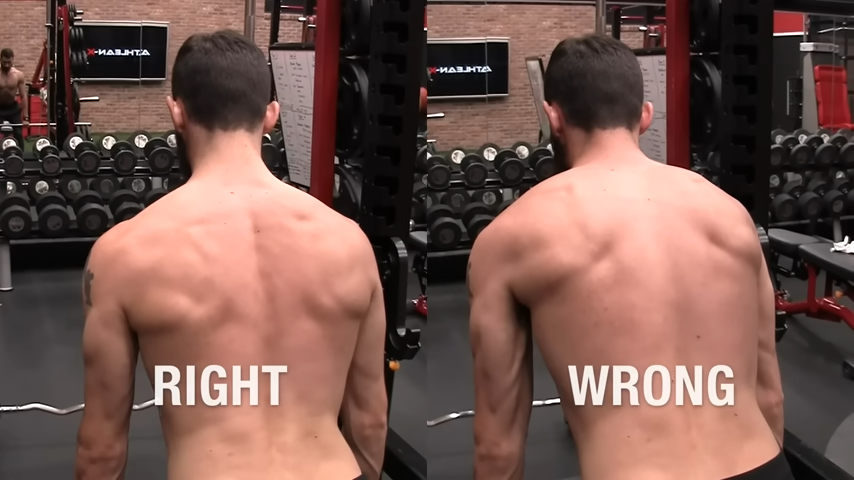
Your shoulder blades should be held in a retracted position just like you would when you’re doing the actual Deadlift movement.
Guys, if you’re not staying tight on the Barbell Deadlift and letting your shoulders round, you’re going to do the exercise poorly.
You can get away with it on the Rack Pull done above the knee. You can’t get away with it while in standard Deadlift form.
It’s probably going to show itself up in other areas, like the thoracic spine and down the lower back. Especially if you’re performing a lot of standard deadlift workouts.
Be sure to keep those shoulder blades retracted throughout the Rack Pull. I’d recommend starting with resistance bands as a warm-up, then moving over to the barbell.
KEEP YOURSELF BACK


As long as you’re able to keep yourself upright with your shoulders back, you’ll be fine. This is excellent technique!
But in order to keep yourself back, especially while in a vertical position, you’ve got to cut your ego down a bit and lower the weight.
Let’s say that you’re just going to stack up the weight and move in a couple of inches range of motion. And you’re doing it because you think you can handle that weight in that entire range of motion.
What are the potential side effects?
Look at the positioning of the scapula here.


They’re being protracted. They’re being lifted and thrown forward. This is horrible technique!
They’re pretty much reenacting the job of what a tight pec minor would do, which we know is another cause of thoracic outlet.
When doing the Rack Pull, keep the shoulder blades retracted and maintain an upright posture that avoids pulling your shoulders forward.
Since you aren’t using heavy weights, you shouldn’t have a need for assistive equipment like a weightlifting belt.
RACK PULL

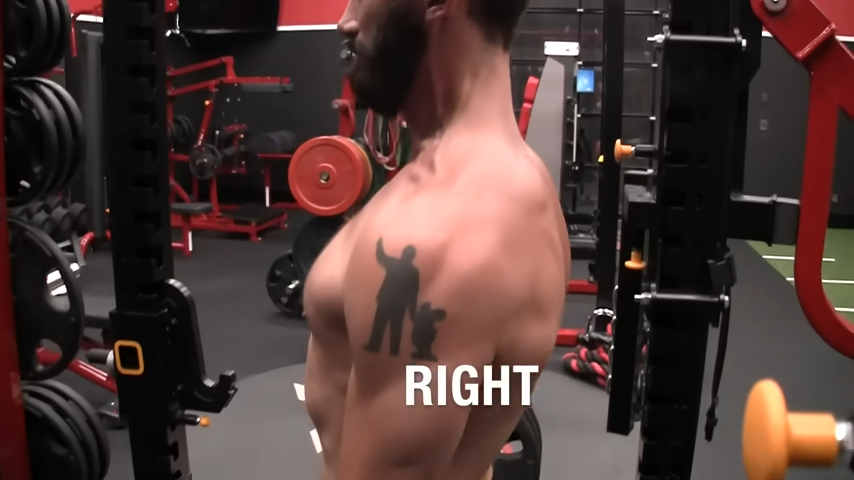
HOW TO DO THE RACK PULL:
- Position your power rack’s safety bars just below knee level and rest an Olympic barbell on them. Avoid setting bar on rack pins at an elevated physical rack height.
- For the normal starting position, stand with your feet hip-width apart, facing the barbell with your shins close but not touching the bar.
- Lean forward from your hip joint and grasp the bar just outside your knees using an overhand grip. Take a deep breath on the way down.
- Prepare to lift the bar by straightening your back, raising your chest, and aligning your gaze forward, ensuring your hips are higher than your knees but lower than your shoulders.
- Remember to keep your shoulder blades retracted. Begin lifting by pushing through your heels, ensuring your hips and shoulders rise at the same rate as you lift the bar straight up.
- Use your legs, glutes, and hips, drive to bring yourself to a fully upright position.
- Reverse this movement by pushing your hips back and bending your knees to control the descent of the bar back onto the rack.
WHAT MAKES IT EFFECTIVE: When you do this exercise with light weight plates and you’re able to maintain retracted shoulder blades, you’ll find that you are actively working and improving your hip hinge. This is going to be especially helpful during other exercises like the Barbell Deadlift and Romanian Deadlift training.
COMMON RACK PULL MISTAKES
I really want to drive it home that there’s a right way and a very wrong way to do Rack Pulls.
Here are some common mistakes people make during Rack Pulls, and how to avoid them:
INCORRECT SET-UP
The height of the bar is crucial for a successful Rack Pull.
If the bar is too high, it can lead to improper form, the belief that you can use heavy loads, and increase the risk of injury.
Make sure to set the bar slightly below knee level to ensure optimal glute activation and hamstring extension.
LIFTING TOO MUCH WEIGHT TOO SOON
It’s easy to overestimate your strength and load the bar with too much weight, and then the rack pull taxes muscles.
This often leads to compromised form and inadequate hamstring involvement.
Start with lighter weights, focusing on the correct form, and gradual weight increases as your strength improves to increase training stress rather than shooting for arbitrary weekly weight increases. But don’t go too heavy as this is just an accessory exercise.
NEGLECTING THE HIP HINGE
A common mistake is initiating the movement with a knee bend rather than a hip hinge when training with rack pulls.
The hip hinge is vital for glute development and hamstring engagement.
Focus on pushing your hips back, keeping your back straight, and your core engaged.
ROUNDED BACK
A rounded back not only reduces the effectiveness of this supplemental exercise for building strength but can also lead to serious injury.
Keep your back straight and chest up to ensure the load is correctly distributed across your glute and hamstring muscles.
RUSHING THROUGH REPS
The Rack Pull is not a race. Rushing through your reps won’t increase the benefits but might lead to improper form and future injuries.
It’s essential to maintain a slow, controlled motion, especially during the eccentric (lowering) phase of the exercise.
You need to evaluate the value of each exercise for your unique circumstances and goals.
If arm function and overhead maneuvers aren’t a concern, loading weights for trap development through exercises like Rack Pulls can be an option.
However, I’d consider safer and more functional rack pull alternatives like consistently increasing your deadlift progress or performing a safer deadlift variation. Allow yourself to go through a full range of motion instead of a limited range.
This method not only strengthens your traps but also enhances your overall strength and function, making it an overall more beneficial option.
For a comprehensive strategy aimed at enhancing lean muscle mass and strength throughout your body, explore our ATHLEAN-X programs. Pick the one that aligns best with your goals and available equipment.

- Rack Pulls are a resistance training exercise where you lift a regular barbell off a rack. They’re beneficial, but people often lift heavy weights beyond their ability and risk injury.
- The most common injury from Rack Pulls is thoracic outlet syndrome, which impacts nerves and blood vessels from your neck to your arm, causing pain or tingling sensations.
- Rack Pulls can improve flexibility, enhance hip movement, build upper back muscles, strengthen your backside and lower back, and improve your normal deadlift grip.
- Proper form for Rack Pulls involves keeping your shoulder blades back, which might mean lifting with a lot less weight than you’re used to.
- The correct technique for a Rack Pull includes setting up the bar below knee level, standing hip-width apart, holding the bar with palms facing down, looking straight ahead, and lifting by pushing down through your heels.
- Rack Pulls can be a helpful exercise to improve your hip hinge and other lifts like heavy Deadlift attempts, but it’s important to consider your personal goals and circumstances. Sometimes, focusing on improving other lifts gradually – like the Barbell Deadlift – might be more beneficial.
RACK PULLS FAQS
A Rack Pull is a strength-building exercise that requires the basic strength equipment: a barbell and power rack. It’s also known as Partial Deadlifts.
It involves lifting a weighted barbell from a partial range at a rack height that is just below the knees.
The exercise is similar to a conventional deadlift but with a decreased range of motion.
To perform Rack Pulls, set up the barbell at a height below your knees on power racks or squat racks.
Stand hip-width apart, grab the bar with palms facing down, and position yourself so your eyes are looking straight ahead. The initial posture is essential - stand straight with your shoulder blades retracted.
To lift, engage your muscles and push down through your heels. Remember, proper form is more crucial than the weight you're lifting. Go lighter with the weight!
Yes, Rack Pulls can be one of several effective exercises for the posterior chain when done correctly.
They can enhance flexibility, improve the hip hinge movement, build your upper back and lower back muscles, and improve your grip strength.
However, it's also important to note that lifting excessive weight can increase the risk of injury, the most common being thoracic outlet syndrome.
Rack Pulls engage a wide range of muscles, including the lower back muscles, upper back muscles, glutes (backside), hamstrings, and the muscles in your forearms.
Beyond specific muscle groups, Rack Pulls work to improve your overall strength, including core stability and grip strength.
This exercise can also enhance your ability to perform other lifts, such as the Regular Deadlift, by building strength in similar muscle groups.
The biggest benefits will depend on your personal fitness goals and the correct execution of the exercise.

Jeff Cavaliere M.S.P.T, CSCS
Jeff Cavaliere is a Physical Therapist, Strength Coach and creator of the ATHLEAN-X Training Programs and ATHLEAN-Rx Supplements. He has a Masters in Physical Therapy (MSPT) and has worked as Head Physical Therapist for the New York Mets, as well as training many elite professional athletes in Major League Baseball, NFL, MMA and professional wrestling. His programs produce “next level” achievements in muscle size, strength and performance for professional athletes and anyone looking to build a muscular athletic physique.






